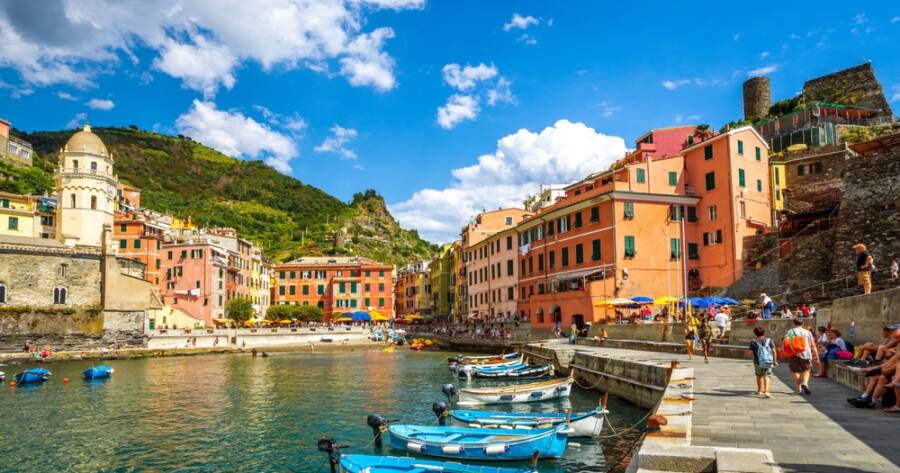In a world fueled by fast-paced itineraries, checklists, and constant connectivity, there’s a growing movement of travelers choosing a different kind of luxury—slow travel. Instead of racing through countries and landmarks, they’re opting to savor experiences, soak in the culture, and truly connect with the places they visit. Slow travel isn’t about doing less; it’s about doing it better. It’s a mindset shift from quantity to quality, from speed to depth. And in today’s over-scheduled, overstimulated world, that just might be the most luxurious travel upgrade of all.
What Is Slow Travel?
At its core, slow travel is about intentionality. It emphasizes taking your time, embracing spontaneity, and experiencing a destination like a local rather than a tourist. That might mean spending a week in a single village instead of hitting five cities in five days, choosing trains over flights, or staying in a locally run guesthouse rather than a chain hotel.
The goal is to travel more sustainably, more mindfully, and more meaningfully—immersing yourself in the rhythm of a place instead of rushing through it.
Why Slow Travel Feels Like a Luxury
1. Time Is the Ultimate Currency
In today’s fast-moving society, time is perhaps our most precious resource. Choosing to slow down on your travels is a declaration that your experience is worth more than a schedule. It’s about giving yourself the freedom to linger in a café, strike up a conversation, or take the scenic route—luxuries that fast travel simply can’t afford.
2. Deeper Cultural Connection
When you rush from one attraction to the next, you barely scratch the surface of a destination. Slow travel allows you to connect with local people, understand traditions, and get a feel for daily life. Whether it’s taking a cooking class, shopping at a neighborhood market, or joining a local festival, these immersive experiences create memories that go far beyond snapshots.
3. Better for the Planet—and You
Slow travel often means using trains, buses, bikes, or your own two feet, reducing your carbon footprint and minimizing the environmental toll of tourism. Staying longer in one place also supports local economies and lessens the pressure on overcrowded hotspots.
But it’s not just the planet that benefits—your mental health does too. Less time in airports and hotels, fewer logistical headaches, and more moments of presence lead to lower stress and more joy.
4. Spontaneity and Serendipity
When you’re not bound by a rigid schedule, you open yourself up to unexpected magic. You might discover a hidden beach, stumble upon a neighborhood art fair, or be invited to a family dinner. These moments can’t be planned or Googled—they’re gifts of the unhurried.
Slow travel gives you the freedom to say yes—to new experiences, to rest when needed, and to follow your curiosity.
5. Redefining What “Luxury” Really Means
For years, luxury travel was synonymous with five-star resorts and white-glove service. But increasingly, travelers are realizing that true luxury is personal. It might be watching the sunrise with no one else around, having the time to read an entire book on a balcony, or spending hours over a home-cooked meal with new friends.
Luxury is not about how fast or far you go—it’s about how deeply you live the experience.
Travel That Nourishes, Not Exhausts
In a world that glorifies hustle, slow travel offers a powerful alternative—a way to reclaim your time, your energy, and your connection to the world. It invites you to pause, to savor, and to truly see. And in doing so, it turns every journey into a richer, more rewarding adventure.
So next time you plan a trip, skip the rush. Take it slow. Because when it comes to travel, the ultimate luxury isn’t speed—it’s presence.

